Last week’s post on aircraft provoked more comments from Readers than just about any other piece at this blog.
So this week I’m going to do something quite different.
The scenario: you are going to do a road trip in Italy which will more or less follow the old Mille Miglia race course. It will not be a race — in fact, you will end up driving quite slowly, stopping to enjoy all the wonderful views and other attractions along the way. The only stipulations are a.) that you are in your early thirties, and b.) that whatever car you choose for the trip will be mechanically sound (i.e. no breakdowns).
To make it even more interesting, whichever car you choose will involve a mandatory traveling companion of similar vintage, and your choice therefore requires you to pick not only the car, but the companion as well. You may not choose or substitute any outside the pairings as listed.
Choice #1: 1958 Lancia Aurelia B24 and 1958 Sophia Loren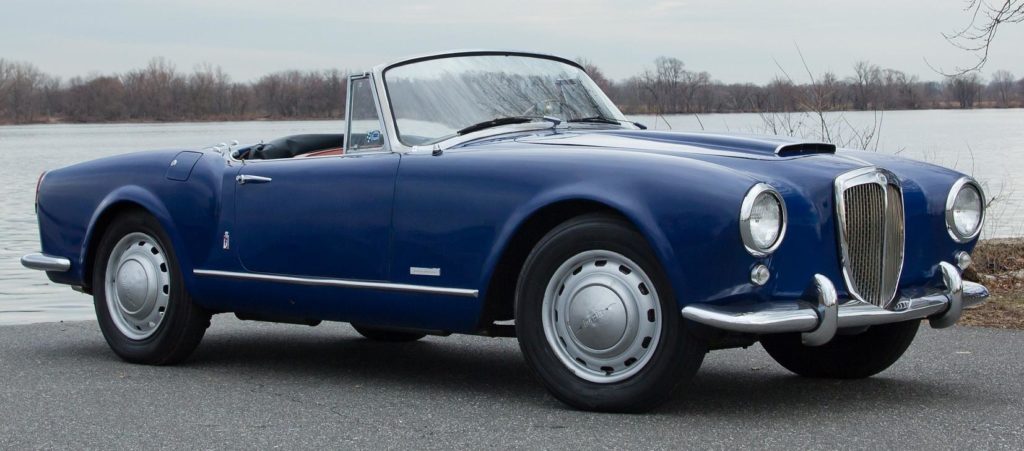

Choice #2: 1968 Morgan 8 and 1968 Grace Kelly 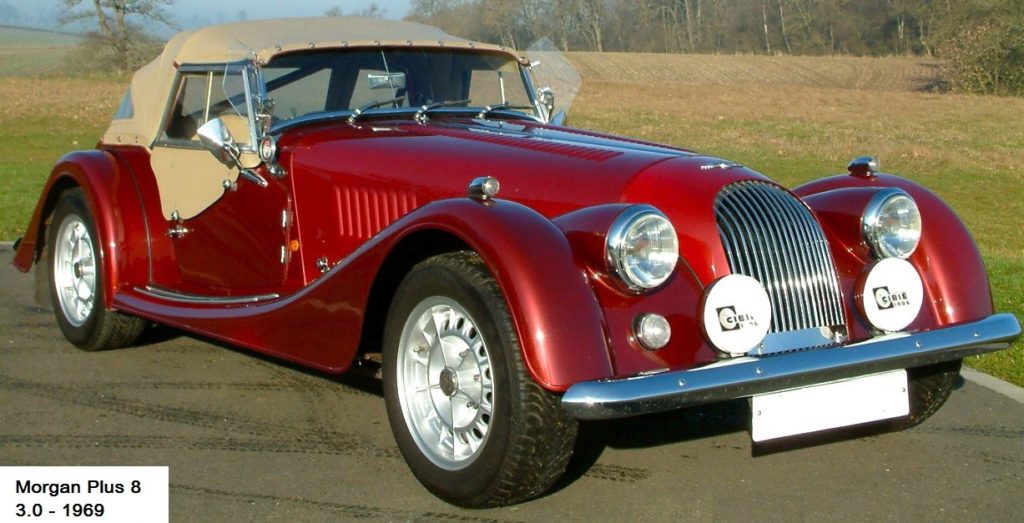

Choice #3: 1967 Austin-Healey MkIII and 1967 Gina Lollobrigida
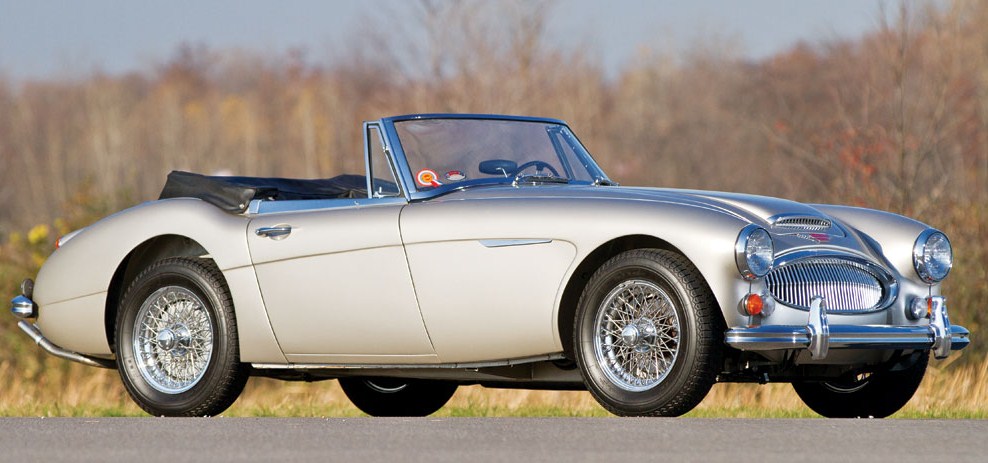

Choice #4: 1965 Ferrari 330 GTS Spider and 1965 Suzanne Pleshette 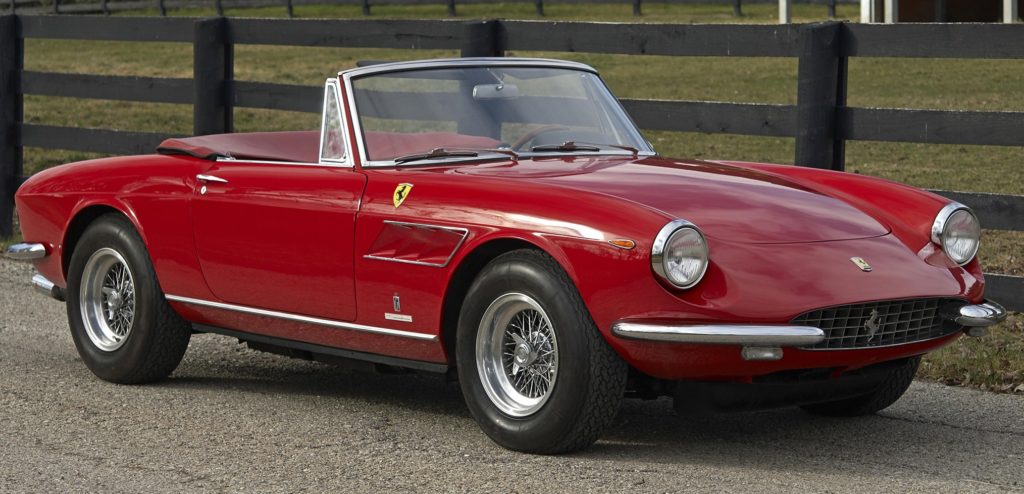

Choice #5: 1959 Corvette and 1962 Ann-Margret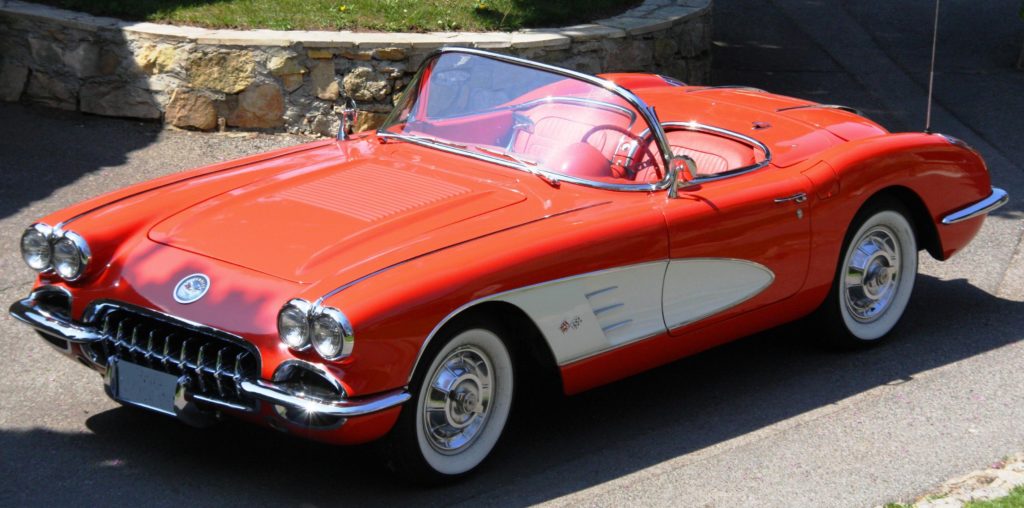

Choice #6: 1958 Mercedes 300 Roadster and 1958 Elizabeth Taylor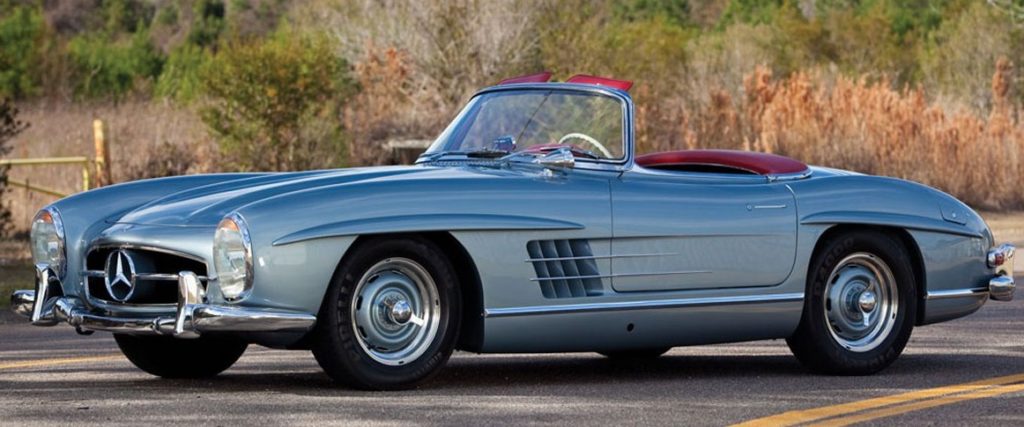

One choice, and one choice only. Enjoy the trip.
Update: I fixed the date of the Corvette, and of Ann-Margret just a little (she would have been 18 in 1959, shuddup you pervos).
Also: what part of “you’re not going to experience car trouble” was not clear?

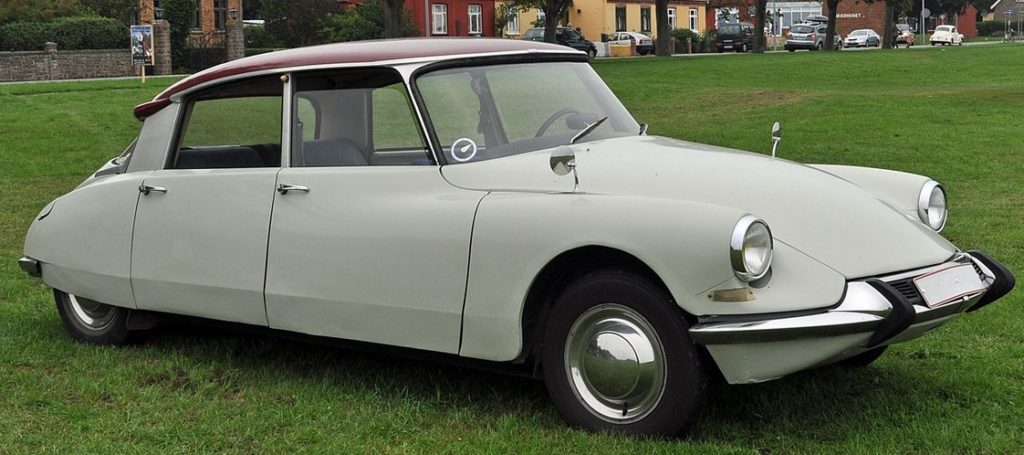



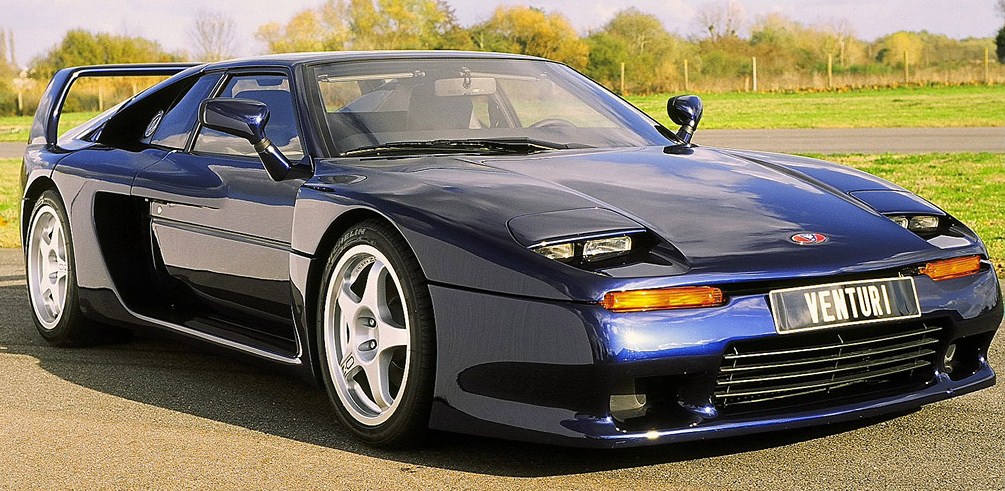
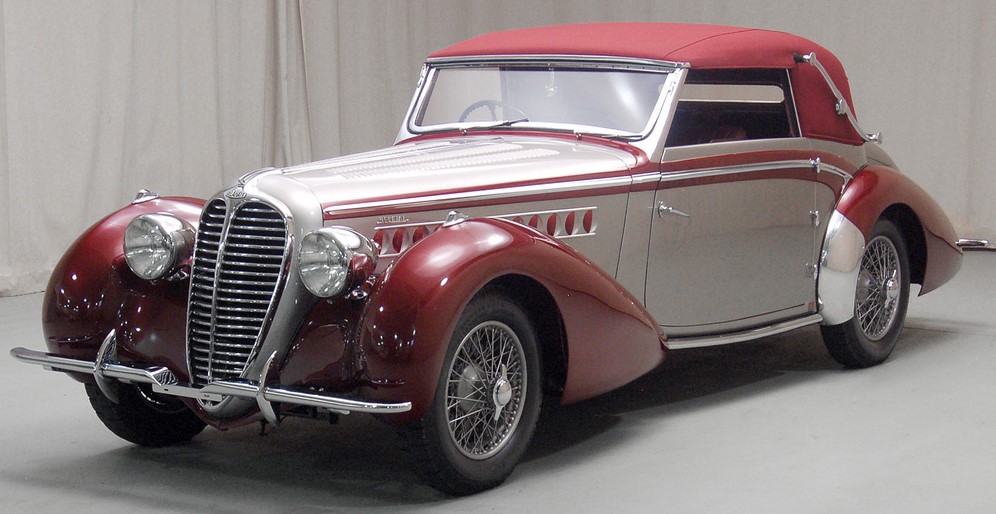
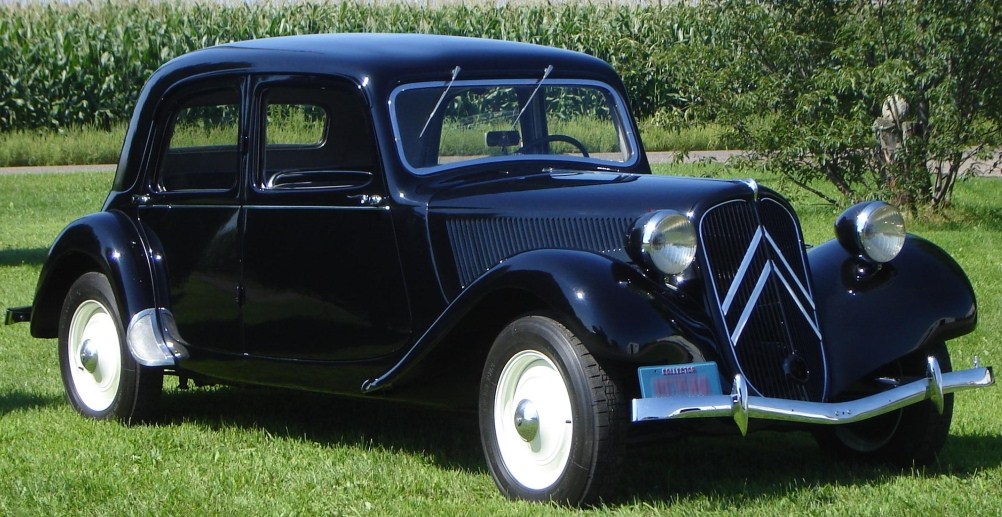
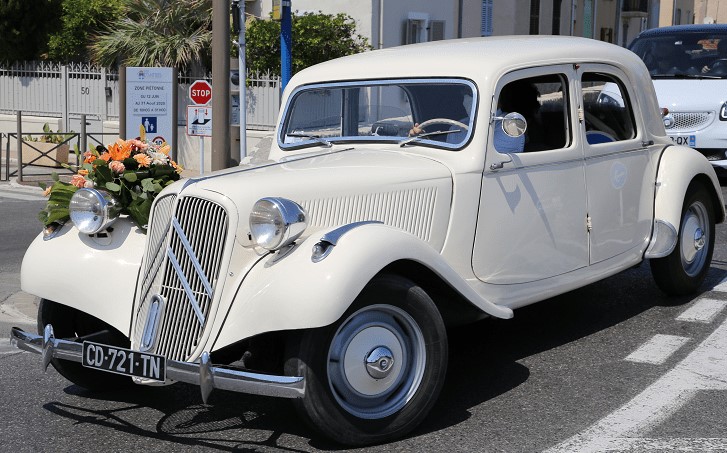

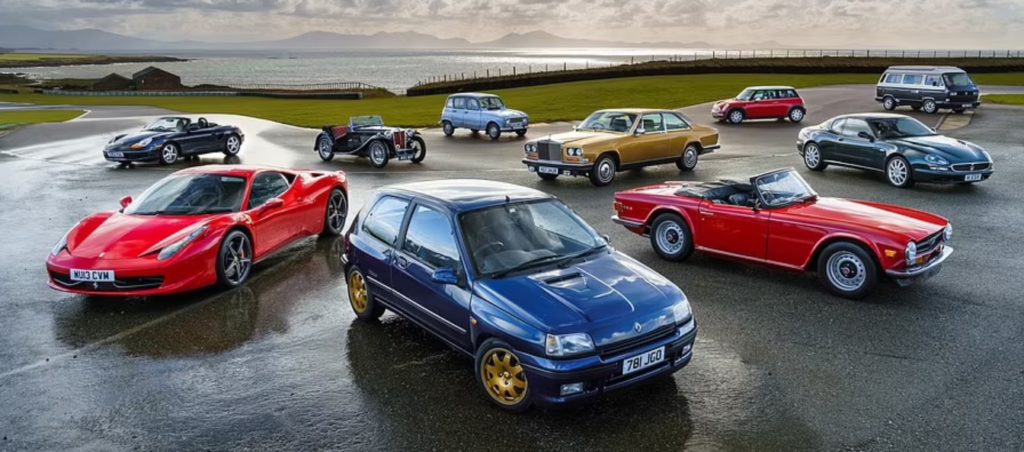
Looking across The Pond, where this Green foolishness has reached its apogee, you get statements like this one:
“Shared mobility” means at best enforced carpooling and such, and at worst public transport, which denies people the freedom to go anywhere except where the bus routes and train lines so they can. Individual choice, then, is left to bicycles or this confounded electric scooters.
But note the condescension towards “20th-century thinking” — that would be the twentieth century which outdid the Industrial Revolution in its engineering development and progress, that created the explosion of knowledge distribution which outdid the invention of the printing press, and gave individuals all over the world freedoms unknown since the beginning of recorded history.
In fact, if you think about it, the junior minister’s statement would put individuals back onto trains, buses and bicycles — i.e. the transport systems of the nineteenth century — and no doubt for reasons of animal cruelty, no horseback travel would be allowed, thus making the twenty-first century’s inhabitants even worse off than their nineteenth-century forebears.
A couple years ago, BritPM Boris Johnson decreed that internal combustion-engined cars would be banned from manufacture by 2027 — by what law he didn’t say, which is a topic all by itself — thus making the hapless subjects of the Crown eventually reliant on electric-powered transport, to be powered by an electrical system which is even now insufficient for its existing purpose, let alone the gargantuan future needs of all-electric transportation — hence the suggestion of the junior minister (age 45).
All the same is true over here, although I would suggest (or hope) that any U.S. president who decreed the end of car manufacture as we know it would be thrown out of office at the next election — if not before — and the sheer size of the U.S. market would make the demise of gasoline-powered cars and trucks a remote eventuality indeed.
Although, as The Geek has suggested, the internal combustion engine will most likely meet its end by the death of a thousand cuts rather than by any single authoritarian decree.
It may well be, however, that the key word here is “remote”. I’ve seen several studies among the future generation (under 25 years old) that they are all in favor of the above foolishness — electric cars, mass transport systems etc. — and to be perfectly blunt, if all this is a matter of demographics, then fine: let the future generations revert to nineteenth-century transportation and be governed by twenty-first century totalitarianism.
My generation will all be dead by then, and the little buggers can live with the consequences of this Green silliness that they and their parents adopted oh-so willingly.